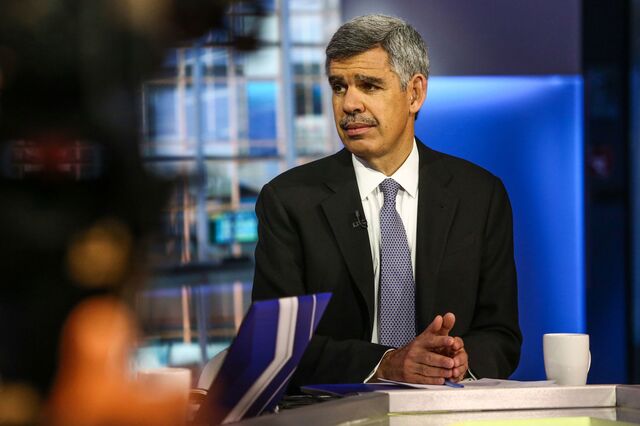
Photographer: Chris Goodney/Bloomberg
If there’s one thing that’s clear about Donald Trump, it’s that he’s not the status quo. For now, markets are taking an optimistic view about the effects of Trump’s calls for deregulation, tax reform, and infrastructure spending. In the U.S. stock market, that’s translated into a rally. Bond investors, on the other hand, began selling in anticipation of higher inflation and interest rates. Their bet was confirmed on Dec. 14 when the Federal Reserve raised short-term rates a quarter point.
The yield on 10-year Treasuries has gone above 2.5 percent—meaning the bonds lost 5.4 percent of their value from Election Day to Dec. 13. The 30-year Treasury, which is more sensitive to changing expectations about rates, fell more than 10 percent. The long bond recently saw a 20 percent loss over five months, meeting one definition of a bear market. It’s the first since 2009. “That is a large chunk of loss on something that, until recently, was deemed as risk-free,” said Giuseppe Nuti, head of U.S. rates trading at UBS.
“It is something fundamental that has changed,” says Richard Turnill, global chief investment strategist at BlackRock. “Important shifts around real growth, around inflation, around policy all suggest that the move in bond yields we’re seeing now can be sustained. I believe we’ve seen the low point for yields.”
Jeffrey Gundlach, chief executive officer of DoubleLine Capital said in a Dec. 13 webcast that Treasury yields may hit 6 percent by the end of Trump’s four-year term. Since that would mean higher borrowing costs throughout the economy, if yields hit even 3 percent in 2017, he said, losses may spread beyond bonds and into stocks and real estate.
El-Erian agrees investors have to rethink their assumptions. “I don’t see the new normal lasting,” he says. That doesn’t mean El-Erian, who’s now chief economic adviser for Allianz and a columnist for Bloomberg View, thinks the economy is on a smooth upward path. He says “it’s going to tip one way or the other”—toward more growth or into financial volatility.
Trump is already drawing criticism from China, the largest foreign holder of U.S. Treasuries, for flouting protocol by directly speaking with the leader of Taiwan. Rising barriers in the global marketplace might tip the U.S. into a recession, which, if history is any guide, is overdue anyway. Analysts at HSBC have argued that yields could fall again in late 2017 as the economy hits headwinds such as an aging global workforce and high debt loads.Much of the rest of the world remains stuck in slow growth, with low rates to match. The Bank of Japan wants to keep the country’s 10-year debt locked in at a zero percent yield, and in Switzerland buyers of 10-year government bonds get a negative yield—they pay to lend out their money. That should make the yield on U.S. bonds look attractive to global investors, bolstering demand.
For many individuals who hold bond funds, the market’s change of heart has meant losses. But it also means they’ll earn more interest income, says Thomas Girard, head of fixed-income investors for New York Life. “As a long-term investor in the marketplace,” he says, “I’d much rather buy 10-year Treasuries at 2.5 percent than 1.36 percent.”
The bottom line: U.S. investors are feeling good about growth, which is bad for bond prices. But they may be ignoring global economic risks.












